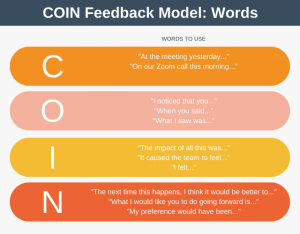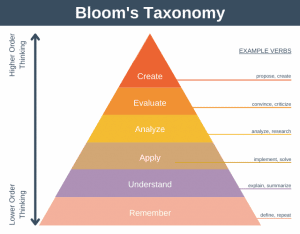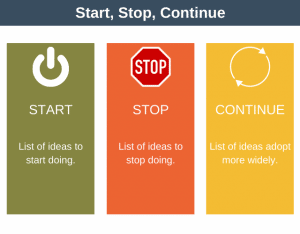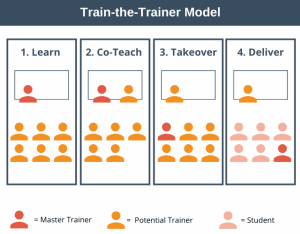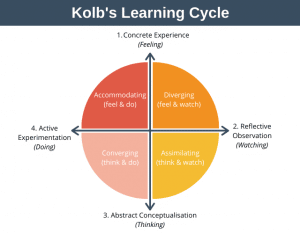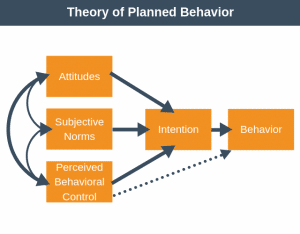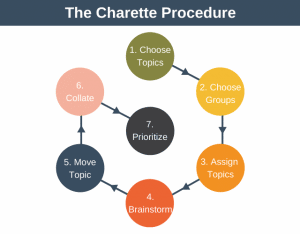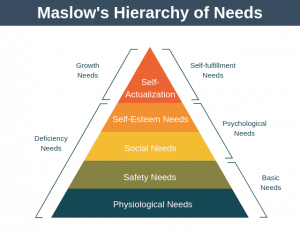If you’re about to take on a new project or program then here is a wake-up call:
- Building a high-performance team is your responsibility!
We all know that it is people who deliver projects, not project plans, and so obviously we should all strive to create high-performance teams. The good news is that if you’re just about to embark on a new project then now is the ideal time to follow the simple steps outlined below to improve your team. Acronyms surround us everywhere these days, and I’ve created another to help me remember these points so I can check that I’m following them every day. It’s CAGFOP, which represents Communication, Agreement, Goals, Feedback, Ownership, and People. I know it doesn’t exactly roll off the tongue like a sonnet, but if it helps you to remember these steps then its served its purpose. These tips apply equally, whether you’re team report to you in solid line or via a matrix structure as part of your project or program. Let’s review each of these simple team building steps in turn:
Communication
Make the time to regularly communicate with your team so as your team are always up to date with the latest available information. Use a combination of team meetings and one-to-one meetings to do this. Communication is critical to building a relationship with your team and for the team function effectively. Your aim in these sessions is to share what you know about where things are going and how the team are doing, along with understanding the precise status of where the team are with their work. If you can’t do these meetings face to face, then do them via video conference or teleconference, not via email.
Agreement
Your team will feel more empowered if you make them part of the decision making process. For issues that both require and impact the whole team, make it their decision to determine how to proceed. Use your team meetings to facilitate this.
Goals
The goals of the team should be simple, clear, and understood by all. Use you team meetings to restate the goals to the team. If you’re struggling to understand what the goals are then use the Quick Project Planning technique to obtain them quickly, or at least explain clearly the plan to get the plan.
Feedback
Provide regular feedback about the work both the team and individuals are doing. Give praise often and openly, but be honest about places where the team could do better.
Ownership
Make sure everyone in the team understands exactly what they are responsible for, and what they are not responsible for. It may make sense to use a RACI Matrix to clarify this – and don’t forget to give a copy of the matrix to everyone.
People
Remain positive as much as possible. Respect personal issues. Never criticise anyone in front of your team, ever, and pull team members up if they don’t behave the same way. They will respect you more and trust you more for this.
Summary
I know from my own personal experience that these simple tips often get overlooked. I can’t count the number of times I’ve been in situations where as a team member I’m unsure as to the teams objectives, or my boss is impossible to get hold of, or issues have fallen down gaps because of misunderstandings about roles and responsibilities. By thinking about CAGFOP often your team will be more pleasurable for you to work with, and more successfully achieve their objective. Of course, there is much more to team building than just those points outlined here, however, if you get the basics right it is hard to go wrong.
